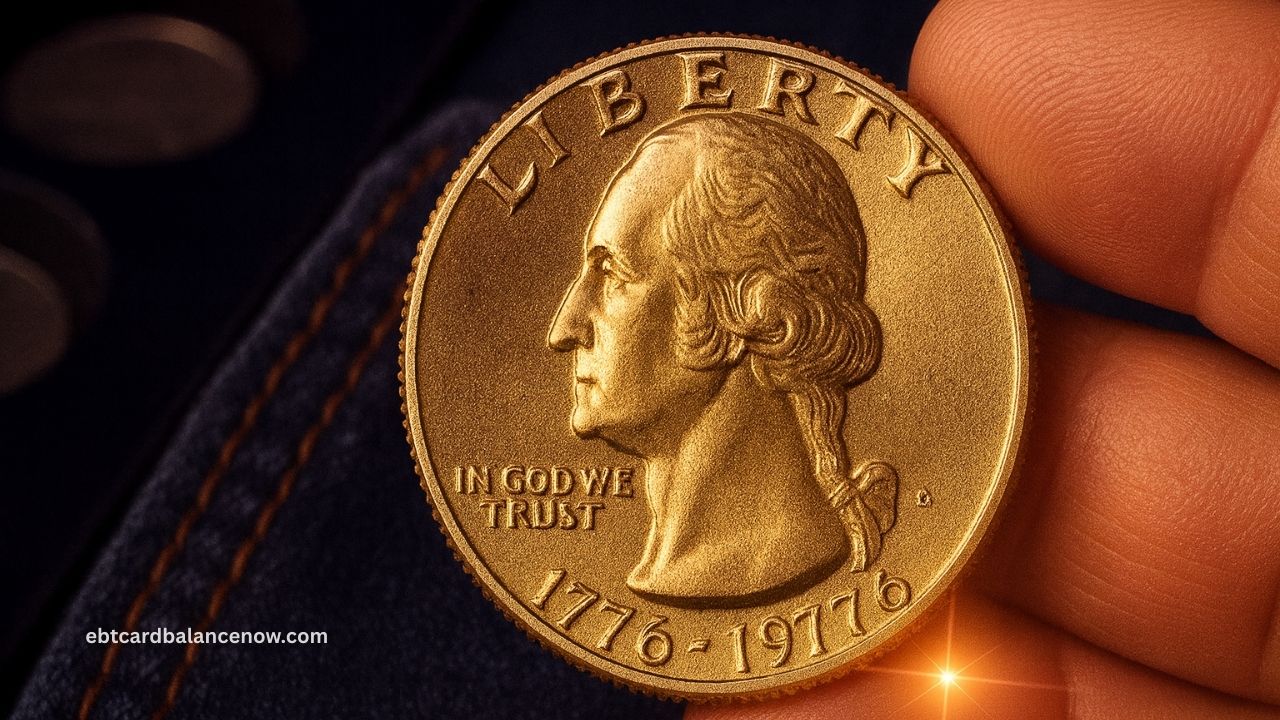You’ve likely seen viral posts about a 1976 Bicentennial quarter worth “up to $4 million.” That headline is false. No authenticated Bicentennial quarter has sold anywhere near that number.
However, genuinely rare varieties—especially top-grade silver issues and true mint errors—have sold for thousands, and in rare cases, five figures. The key is understanding which coins are actually scarce, and how to identify them correctly.
Which Bicentennial Quarters Can Be Valuable?
There are three broad categories to pay attention to:
- 40% Silver Issues (San Francisco Mint ‘S’):
Special collector coins were struck in 40% silver (both business strike and proof). In ultra-high grades (think MS69/PR70), these can bring strong premiums. - Major Varieties (DDO/DDR):
Look for the 1976-D Doubled Die Obverse (FS-101)—clear doubling on LIBERTY or the date. Most bring modest premiums, but certified high-grade examples can sell for hundreds to low thousands. - True Mint Errors (Wrong Planchet / Off-Metal / Dramatic Strikes):
Bicentennial quarters mistakenly struck on dime or nickel planchets, or with other dramatic errors, can command thousands to low five figures, depending on severity and grade.
Quick Identification Guide
- Check for Silver: Only 1976-S may be 40% silver. Use the edge—a uniform silver edge (no copper stripe) suggests silver; a copper-colored band indicates clad.
- Spot the Mint Mark:
- No mint mark = Philadelphia (clad)
- D = Denver (clad, including DDO varieties)
- S = San Francisco (silver or clad proofs)
- Hunt DDO (FS-101) at Denver: Examine “LIBERTY” and digits for clear, notched doubling.
- Evaluate Condition: High-grade, uncirculated surfaces (minimal marks, strong luster) dramatically affect value.
- Confirm Errors: Wrong planchet pieces show incomplete design and off-weight; some proof errors exist with PR68-level grades.
What the Real Market Has Paid (Not Myths)
| Type | How to Identify | Typical Reality | Top Verified Outcomes |
|---|---|---|---|
| 1976-S Silver (MS/PR) | “S” mint mark; silver edge; MS or PR finish | Common overall; valuable only in top grades | MS69 silver has realized ~$19,200 in a headline sale; others lower depending on grade and venue. |
| 1976-D DDO FS-101 | Strong doubling on LIBERTY/date | Modest premiums in most grades | Certified sales commonly $50–$1,400+ by grade and eye appeal. |
| Wrong Planchet / Dramatic Errors | Off-weight, incomplete legends, or wrong metal | Scarce; collector favorite | Select proof/wrong-planchet Bicentennials have sold from several thousand to low five figures. |
Bottom line: Real money exists in top-grade silver, true DDOs, and documented mint errors—not in a mythical $4 million coin.
Step-by-Step: How to Check Your Quarter
- Weigh & Edge-Check: Silver quarters weigh ~5.75–5.76 g (40% silver); clad quarters ~5.67 g. A uniform silver edge hints at silver.
- Magnify the Obverse: Look for DDO FS-101 on 1976-D—notched letters, clear split serifs.
- Scan for Errors: Is part of the design missing? Does the coin seem under-sized or off-center? These may indicate a wrong planchet or dramatic strike.
- Don’t Clean the Coin: Cleaning kills value. If diagnostics look promising, consider third-party grading.
A $4 million Bicentennial quarter is clickbait, but real value does exist. Focus on 1976-S 40% silver in top grades, hunt the 1976-D DDO (FS-101), and keep an eye out for true mint errors. If your coin checks any of these boxes, professional authentication is the smartest next step.
FAQs
Are all 1976-S quarters silver?
No. San Francisco struck silver and clad proofs. Confirm with the edge and, ideally, a scale.
What’s the easiest quick win?
Pull any 1976-S silver pieces and check 1976-D for the DDO FS-101. Then assess condition.
Can a circulated Bicentennial be valuable?
Yes—if it’s a documented error or a well-preserved DDO. Otherwise, most circulated examples remain modest in value.

